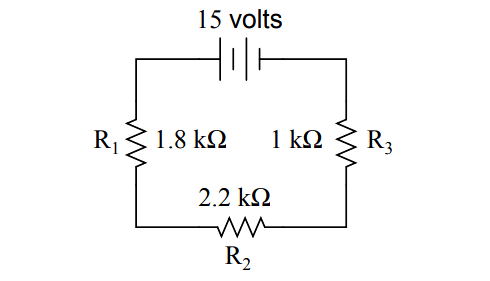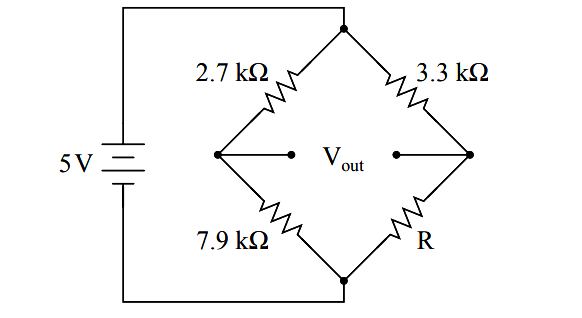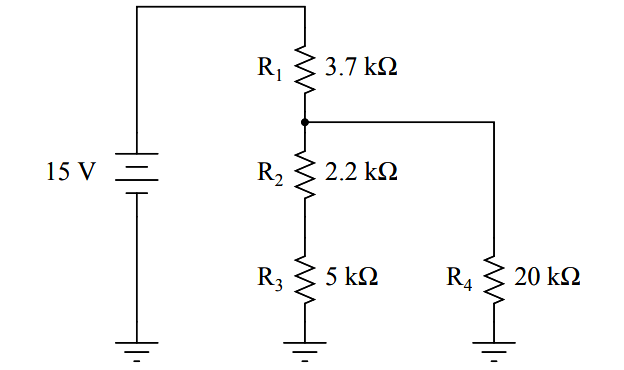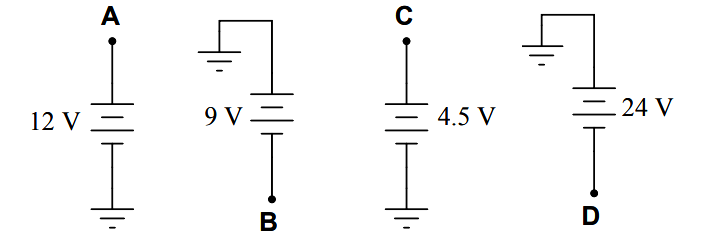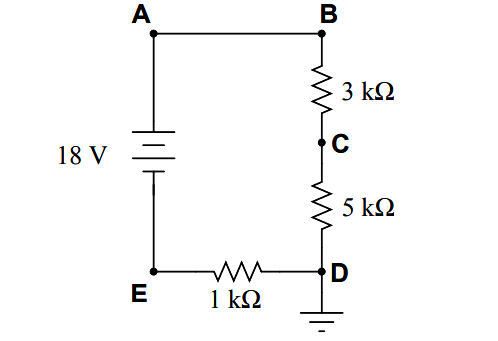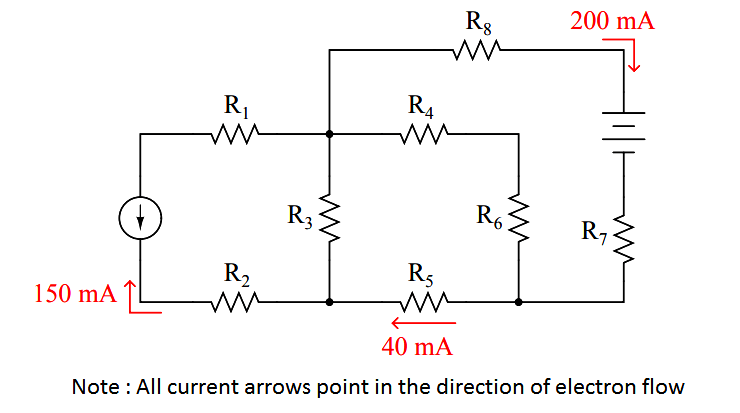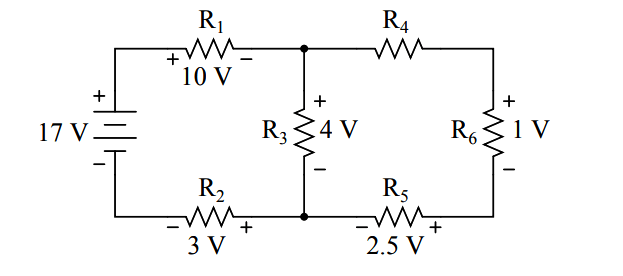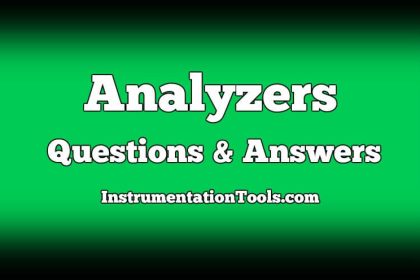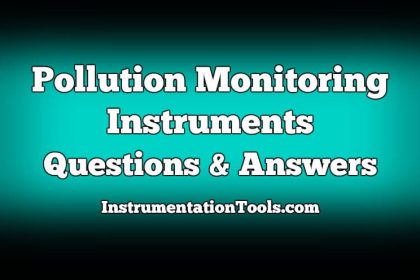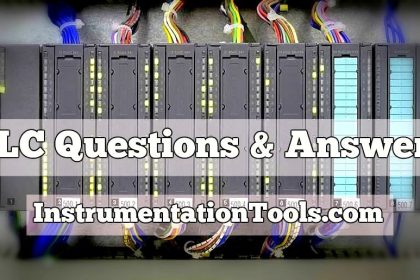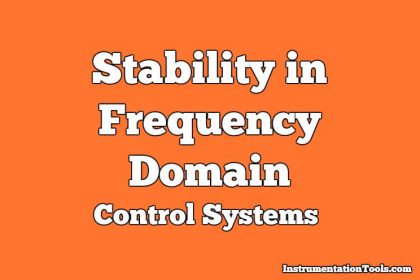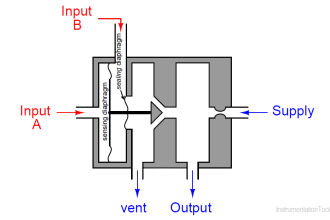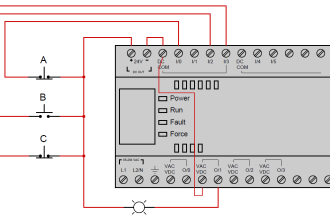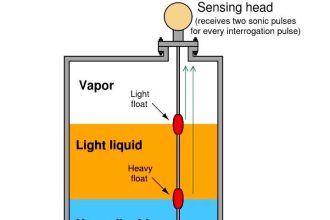DC Circuits Multiple Choice Questions
Question 1
Determine the voltage dropped across resistor R3 in this circuit:
(A) 7.5 volts
(B) 3.0 volts
(C) 6.6 volts
(D) 15 volts
(E) 5.4 volts
Answer : B
Question 2
Calculate total current in this circuit:
(A) 8.000 mA
(B) 7.835 mA
(C) 8.168 mA
(D) 493.8 µA
(E) 5.333 mA
Answer : B
Question 3
Calculate the necessary resistor value (R) to balance this bridge circuit:
(A) 7.299 kΩ
(B) 6.464 kΩ
(C) 9.656 kΩ
(D) 8.501 kΩ
(E) 5.830 kΩ
Answer : C
Question 4
Calculate the necessary resistor size for R1 to make the total circuit current equal to 30 milliamps:
(A) 2.143 kΩ
(B) 1.500 kΩ
(C) 967.7 Ω
(D) 666.7 Ω
(E) 310.0 Ω
Answer : A
Question 5
Calculate the current through resistor R4 in this circuit:
(A) 1.226 mA
(B) 441.5 µA
(C) 1.668 mA
(D) 4.054 mA
(E) 8.994 mA
Answer : B
Question 6
Voltages and currents in an RC or LR time-constant circuit will settle to within 1% of their final value(s) in how many time constants?
(A) 10
(B) 3
(C) 5
(D) 2
(E) 4
Answer : C
Question 7
How much voltage will a DMM register if connected with the red test lead on point B and the black test lead on point D?
(A) +15 volts
(B) -33 volts
(C) +33 volts
(D) -9 volts
(E) -15 volts
Answer : A
Question 8
Calculate the voltage between test point B and ground in this circuit:
(A) 20 volts
(B) 18 volts
(C) 2 volts
(D) 6 volts
(E) 16 volts
Answer : E
Question 9
Determine the magnitude and direction of current through resistor R4 in this circuit:
(A) 240 mA → (left to right)
(B) 160 mA ← (right to left)
(C) 200 mA → (left to right)
(D) 240 mA ← (right to left)
(E) 160 mA → (left to right)
Answer : B
Question 10
Determine the magnitude and polarity of the voltage across resistor R4 in this circuit:
(A) – 1.0 volt + (negative on left, positive on right)
(B) – 7.0 volts + (negative on left, positive on right)
(C) + 0.5 volts – (positive on left, negative on right)
(D) – 3.5 volts + (negative on left, positive on right)
(E) + 4.0 volts – (positive on left, negative on right)
Answer : C
Credits : by Tony R. Kuphaldt
